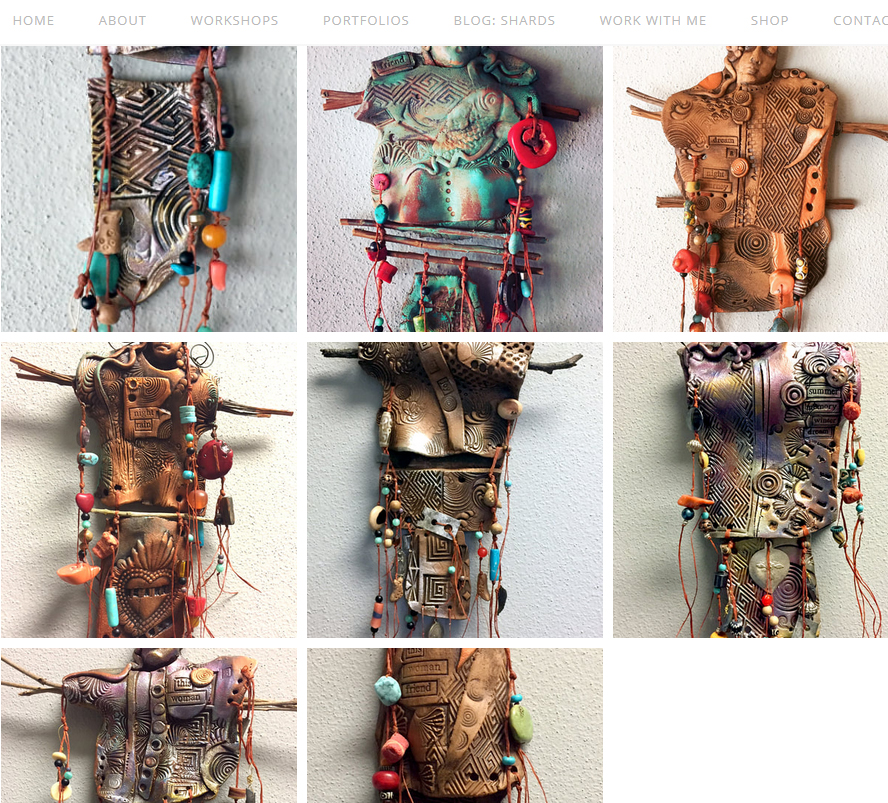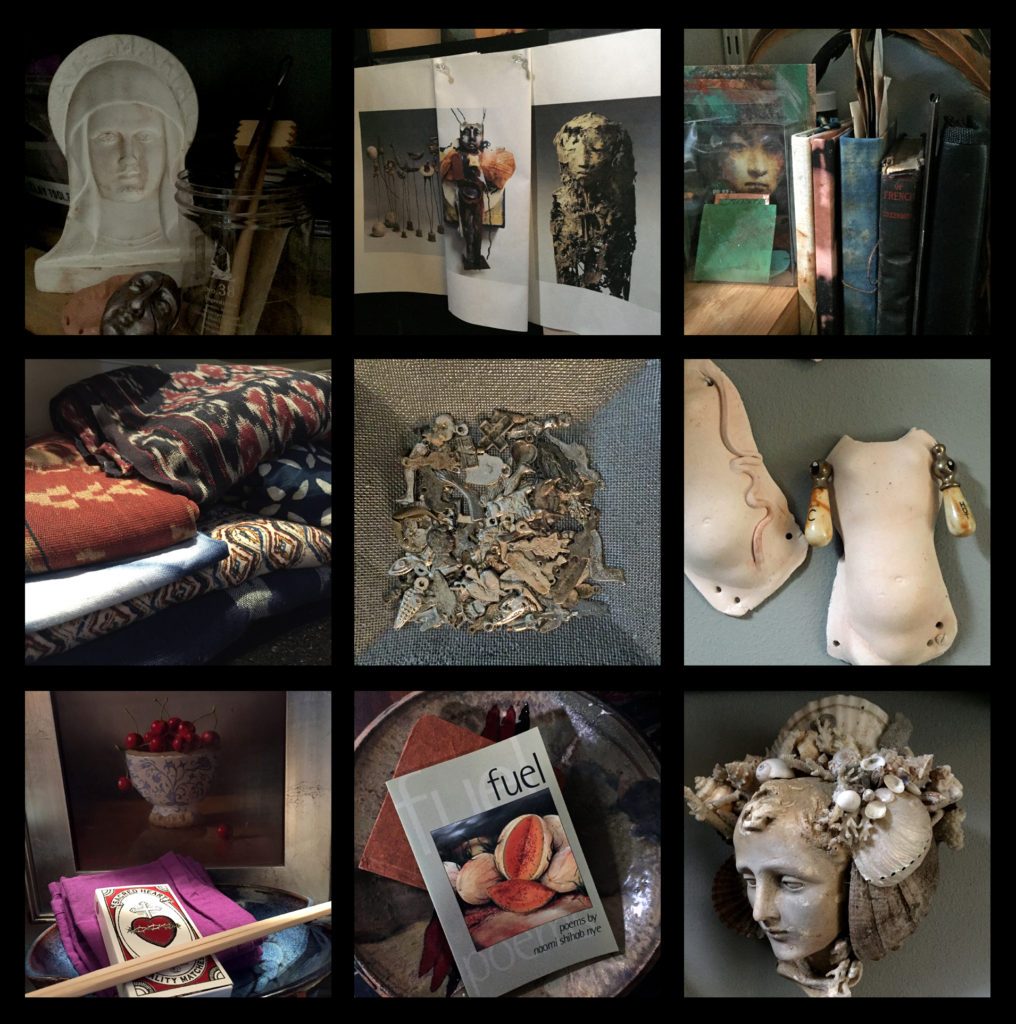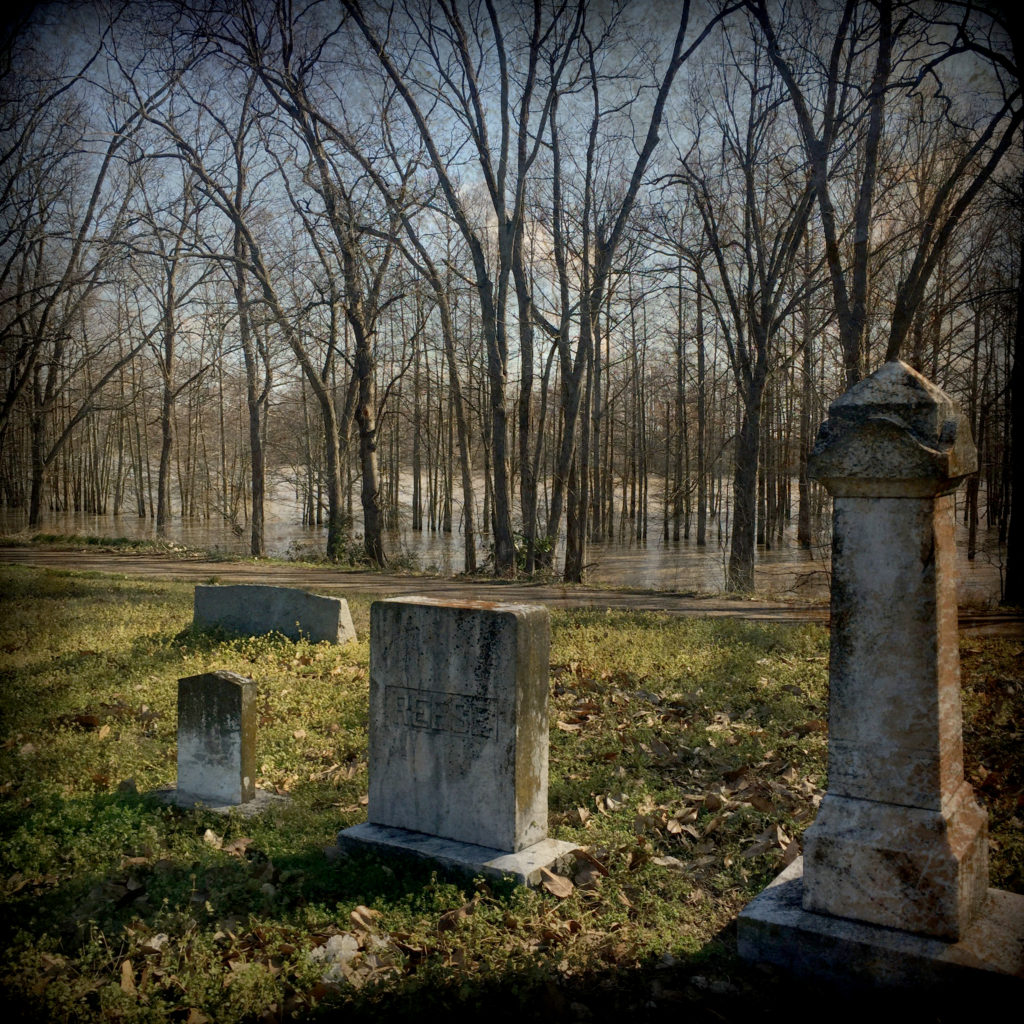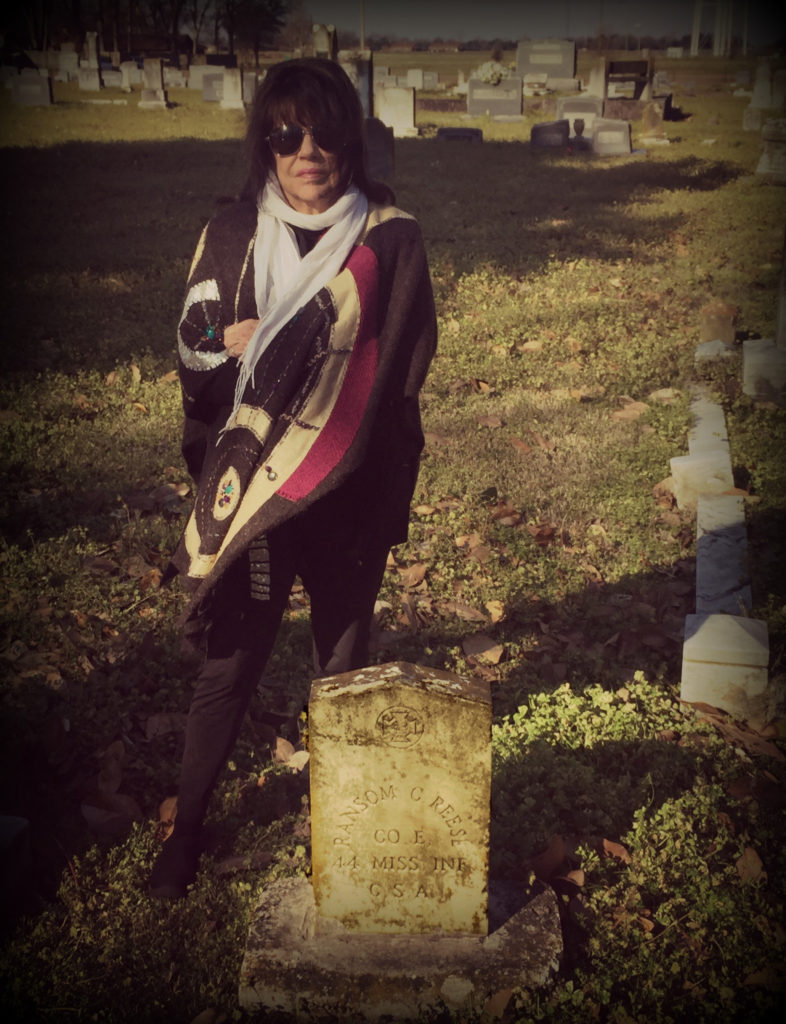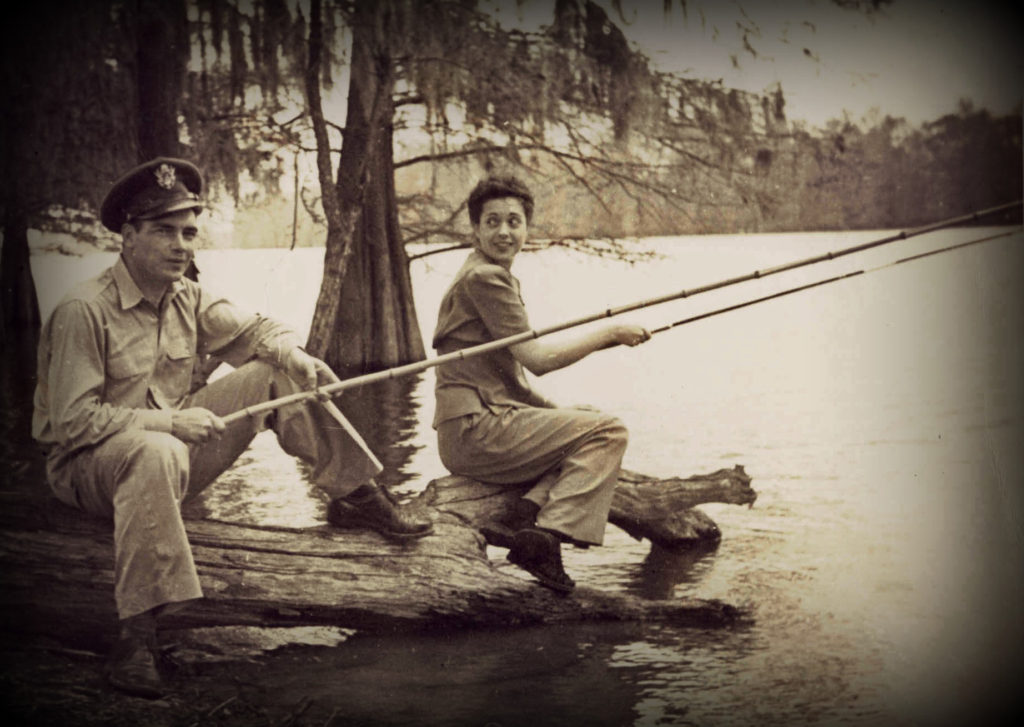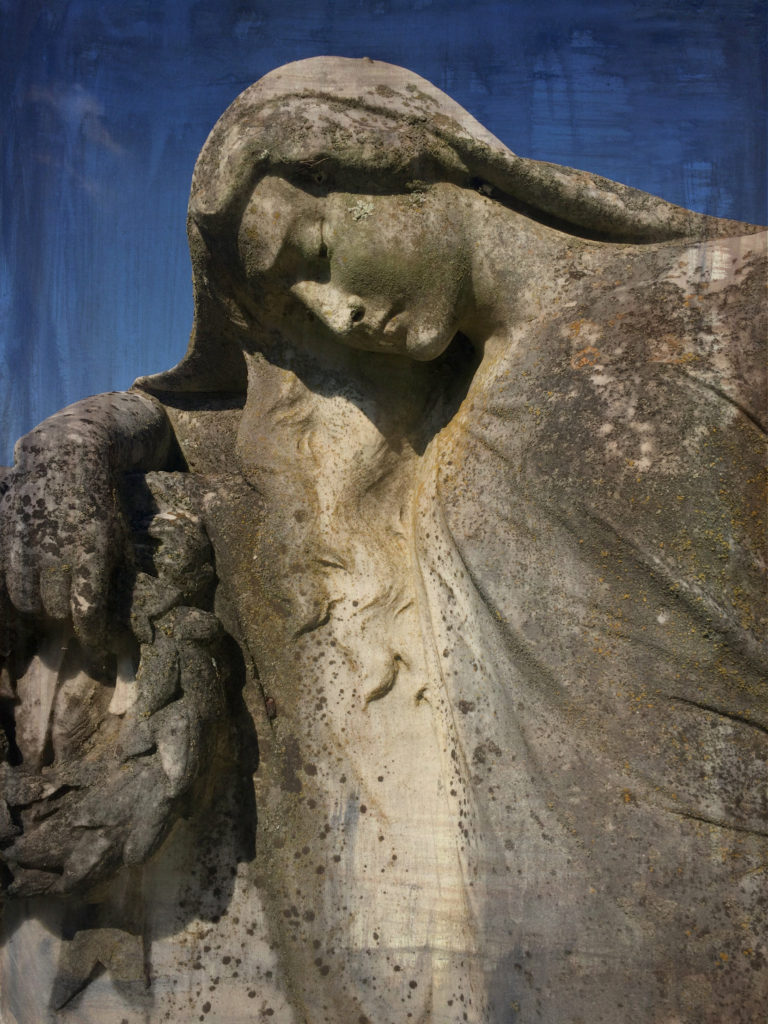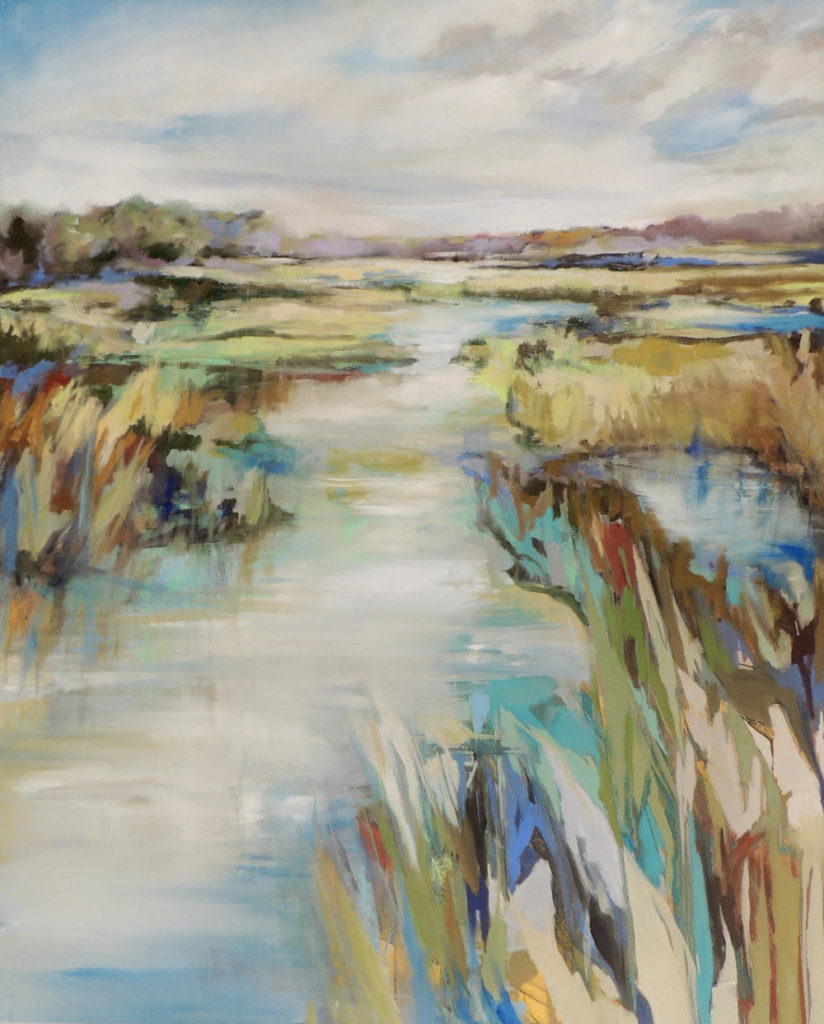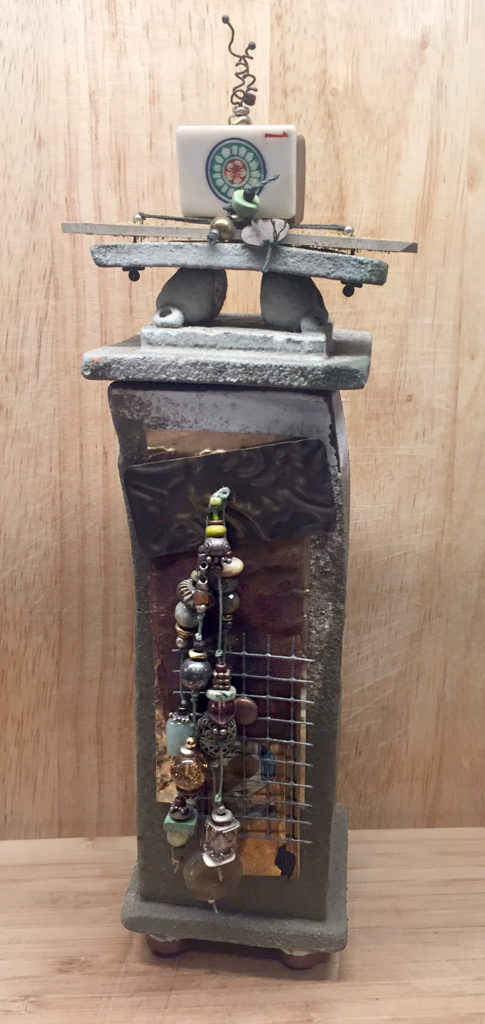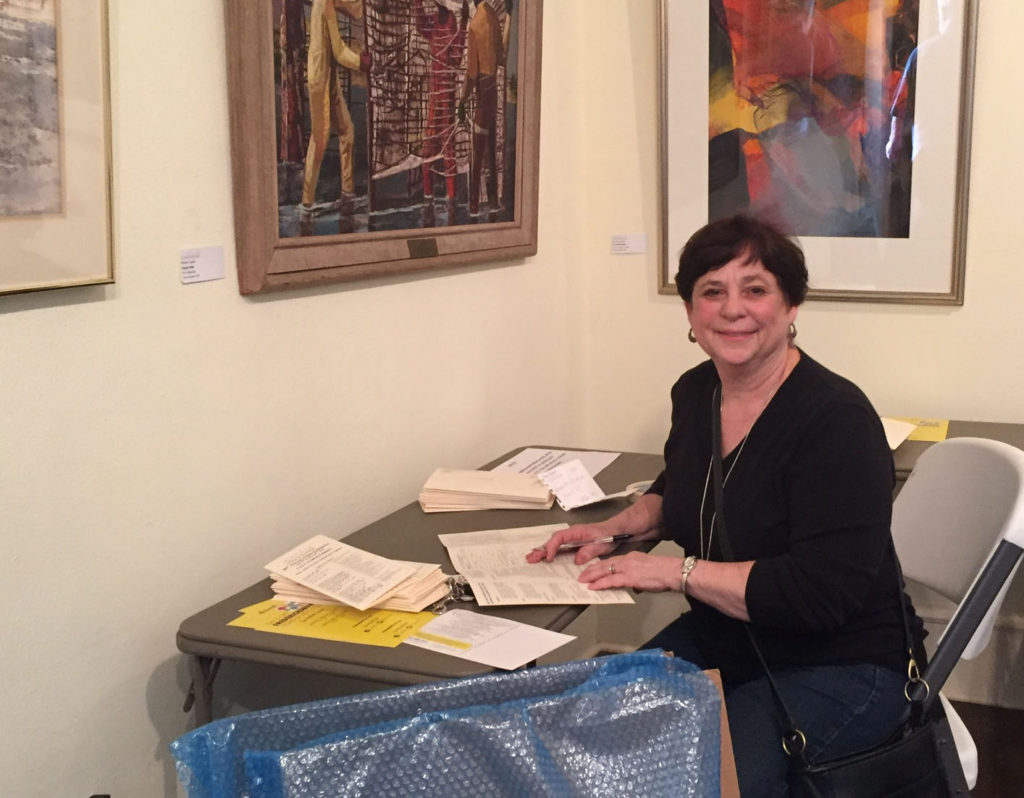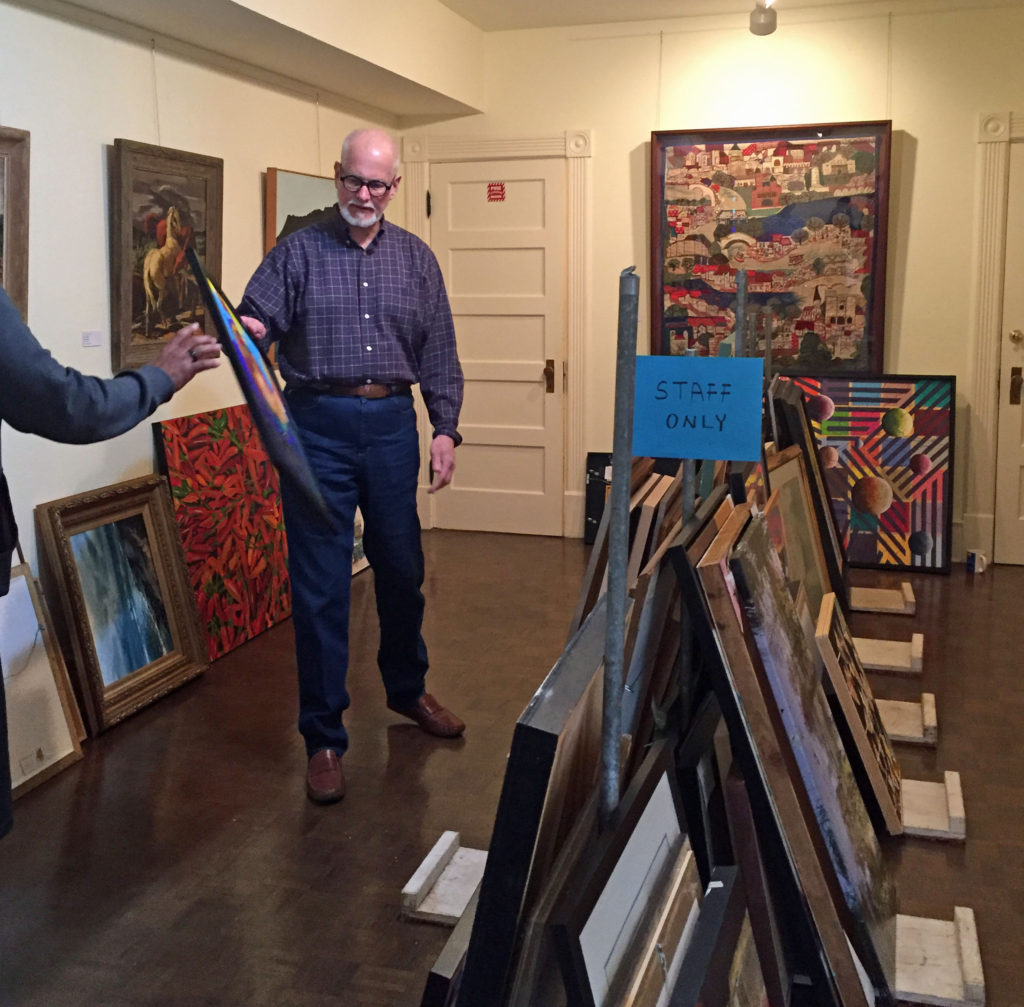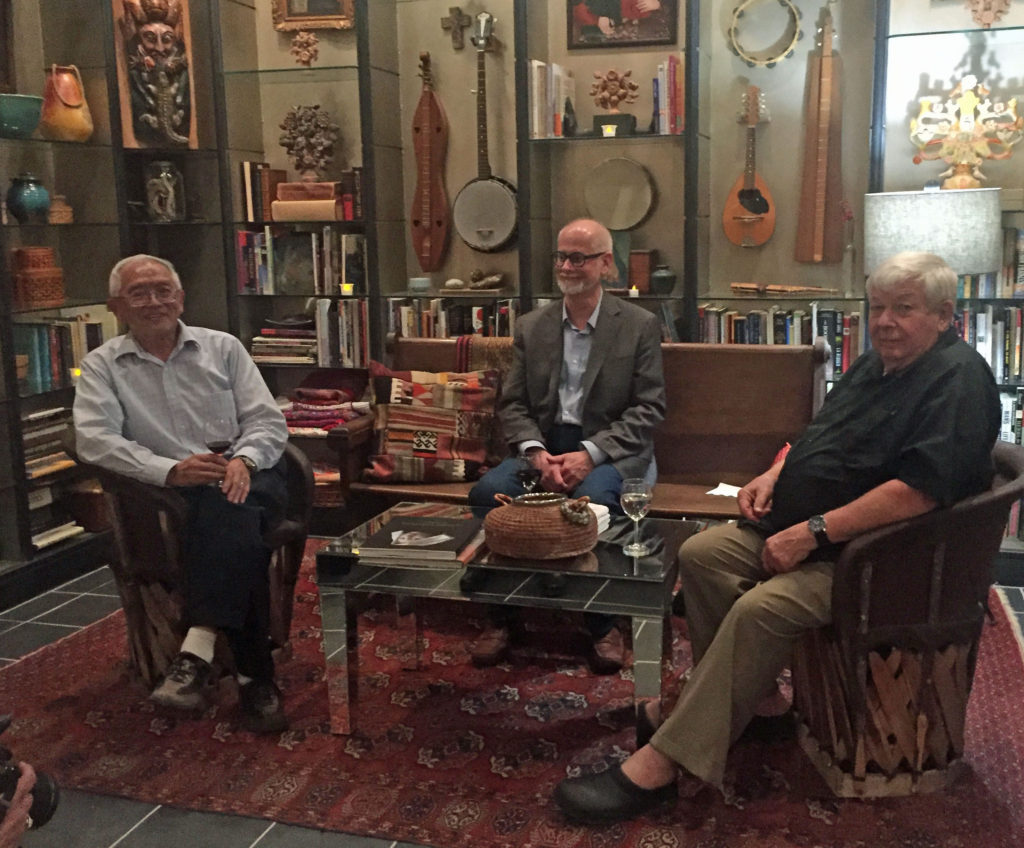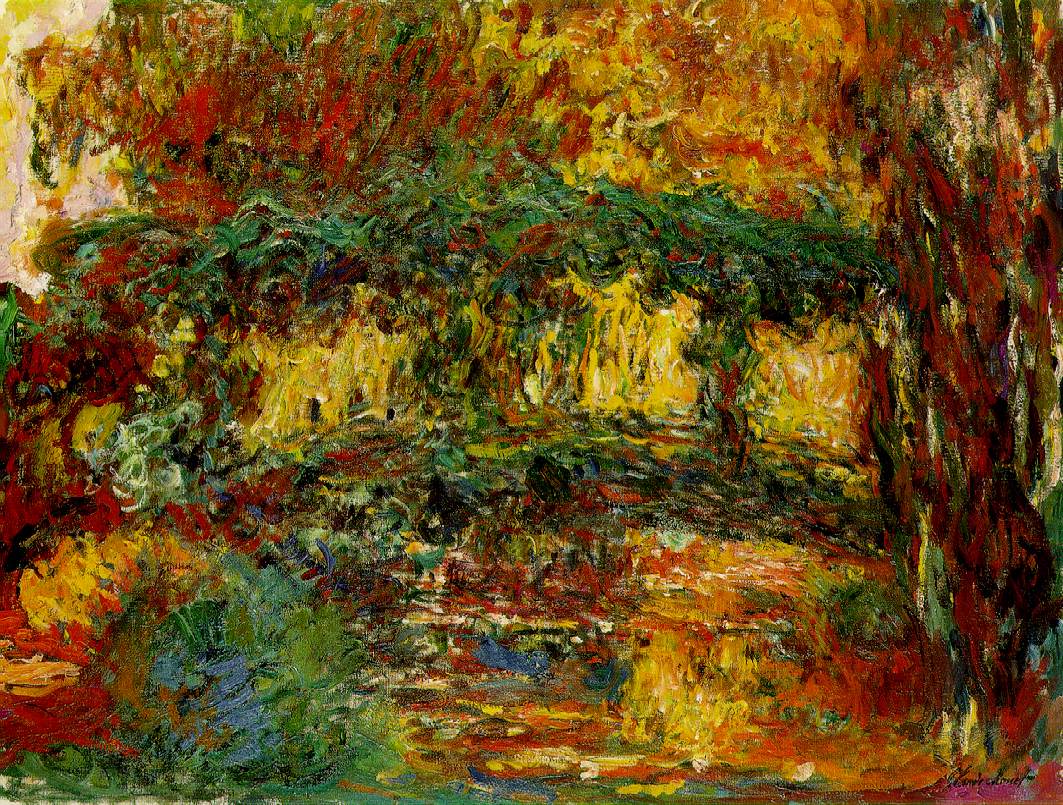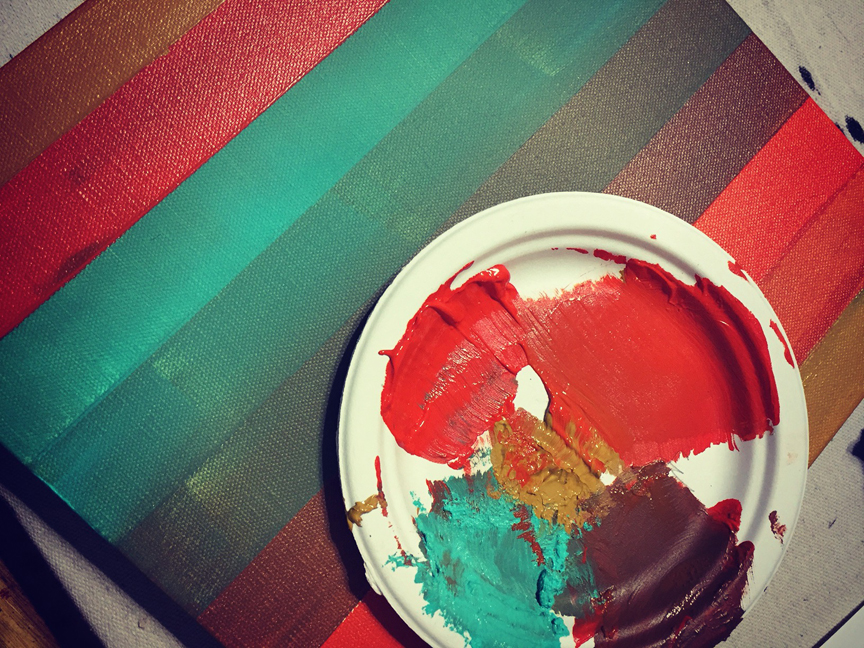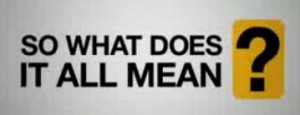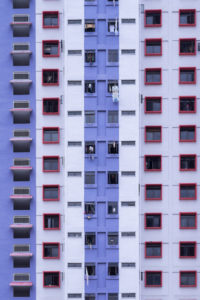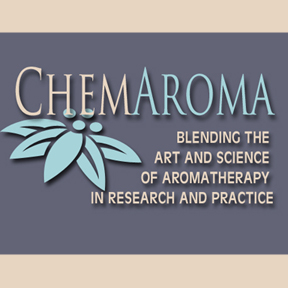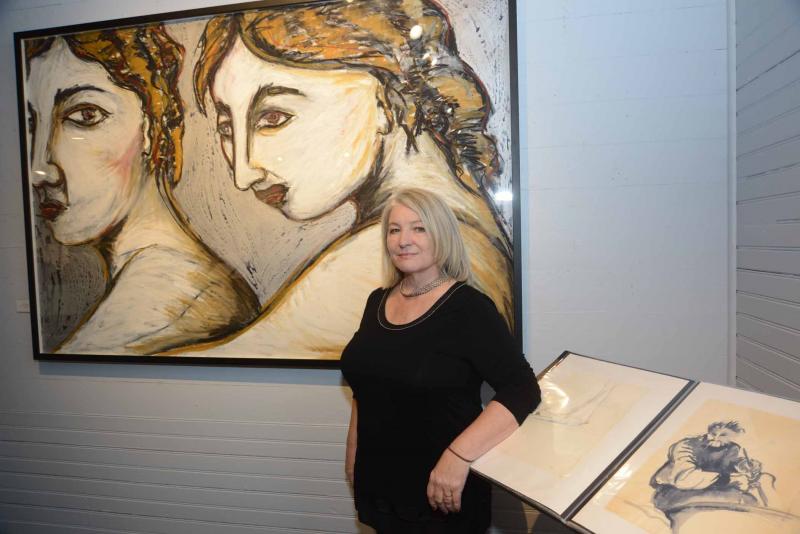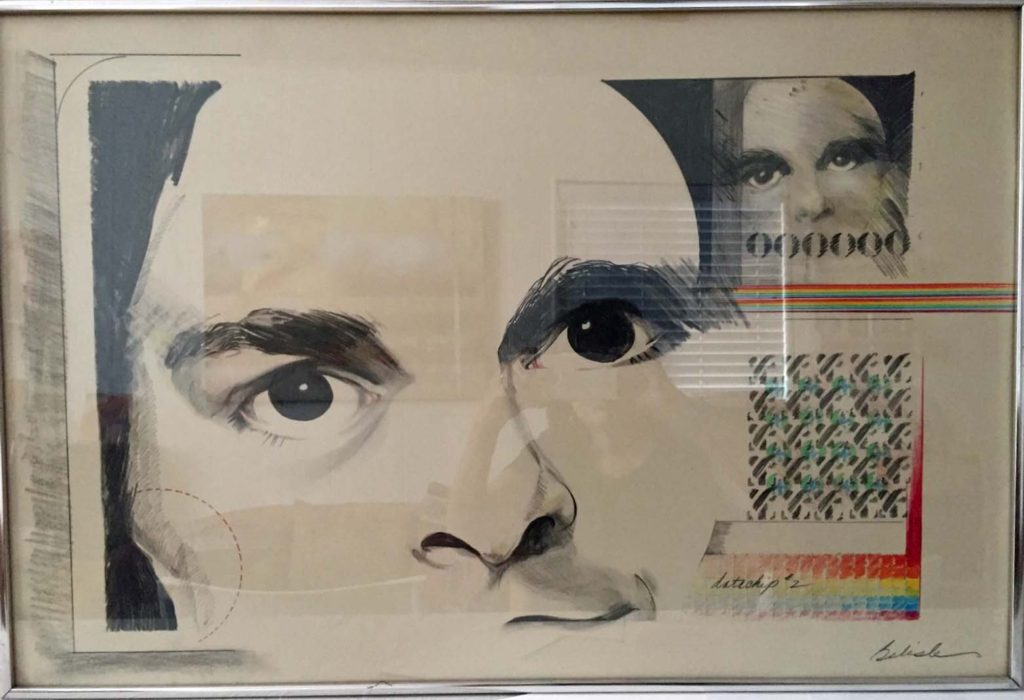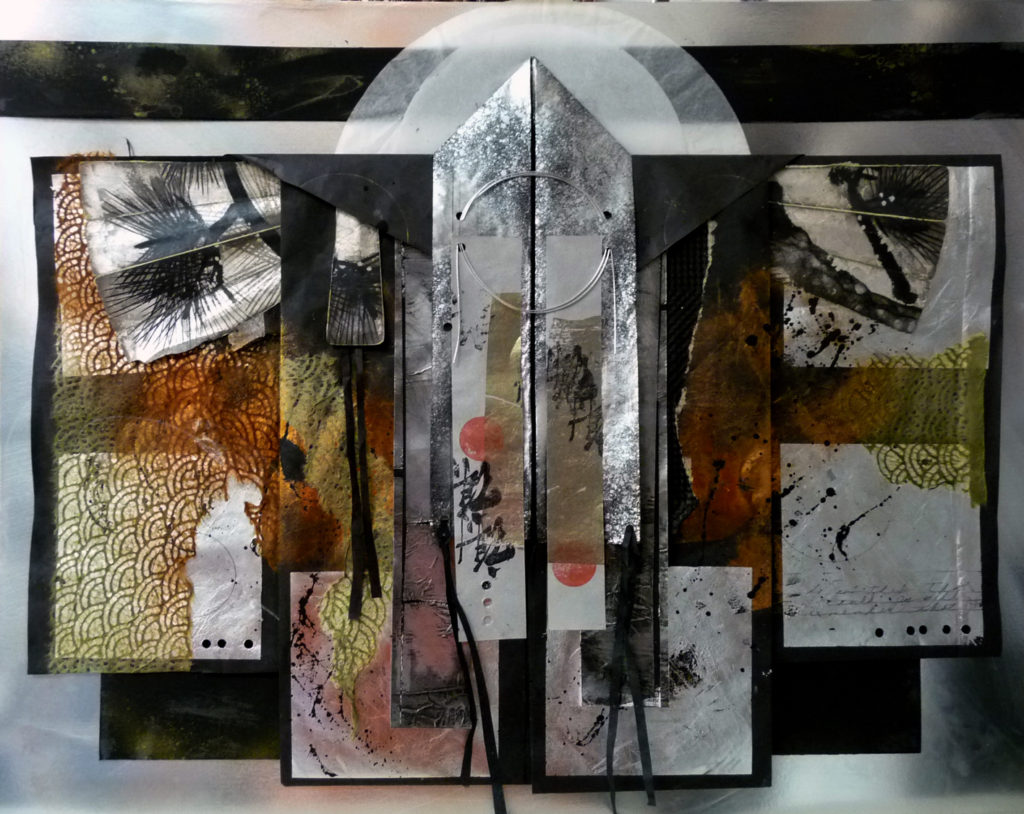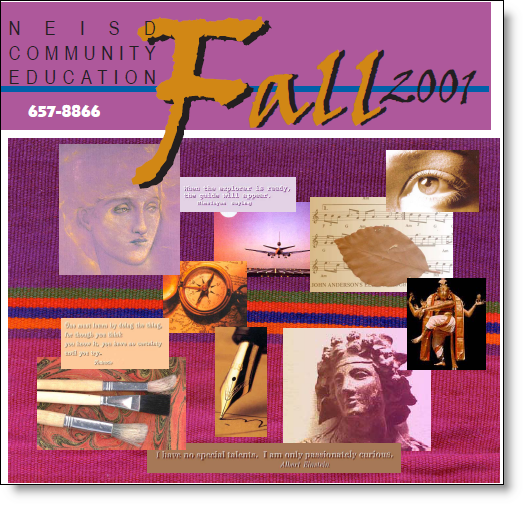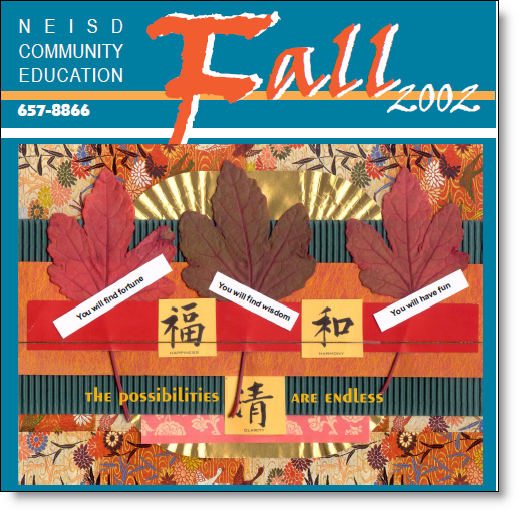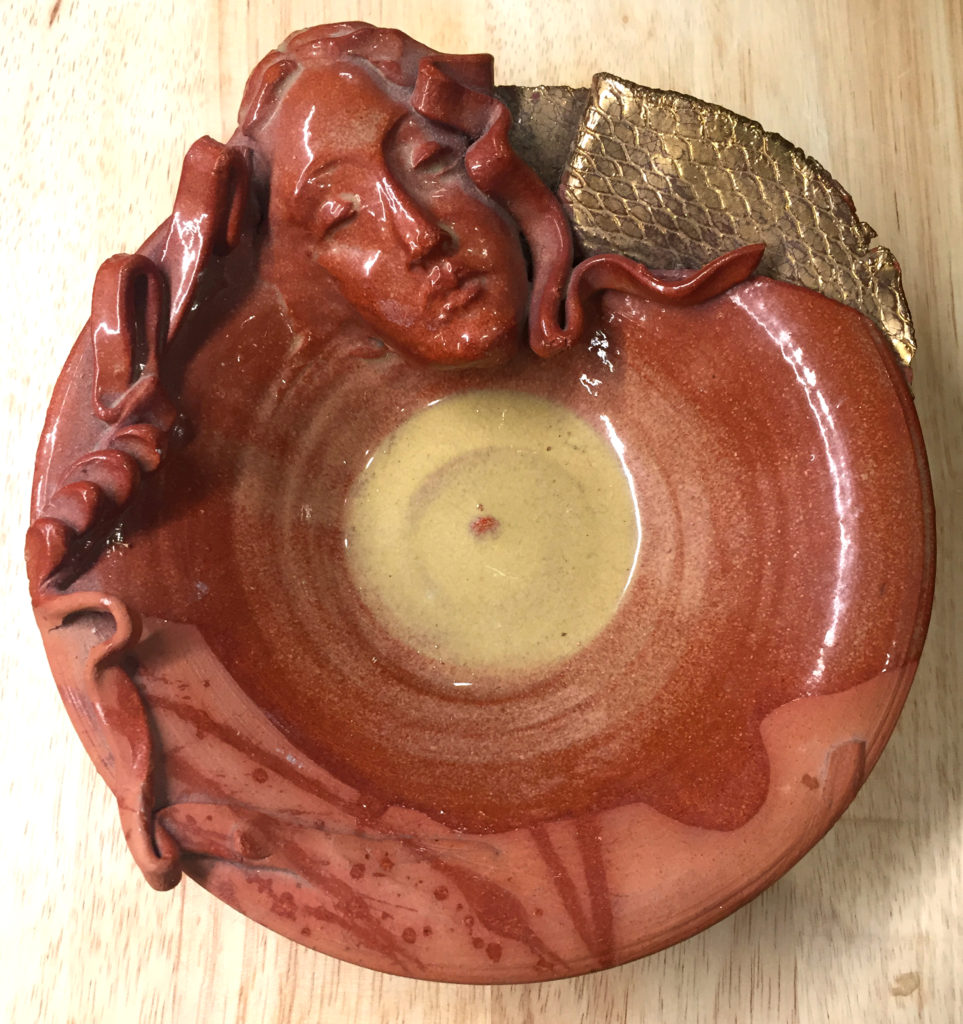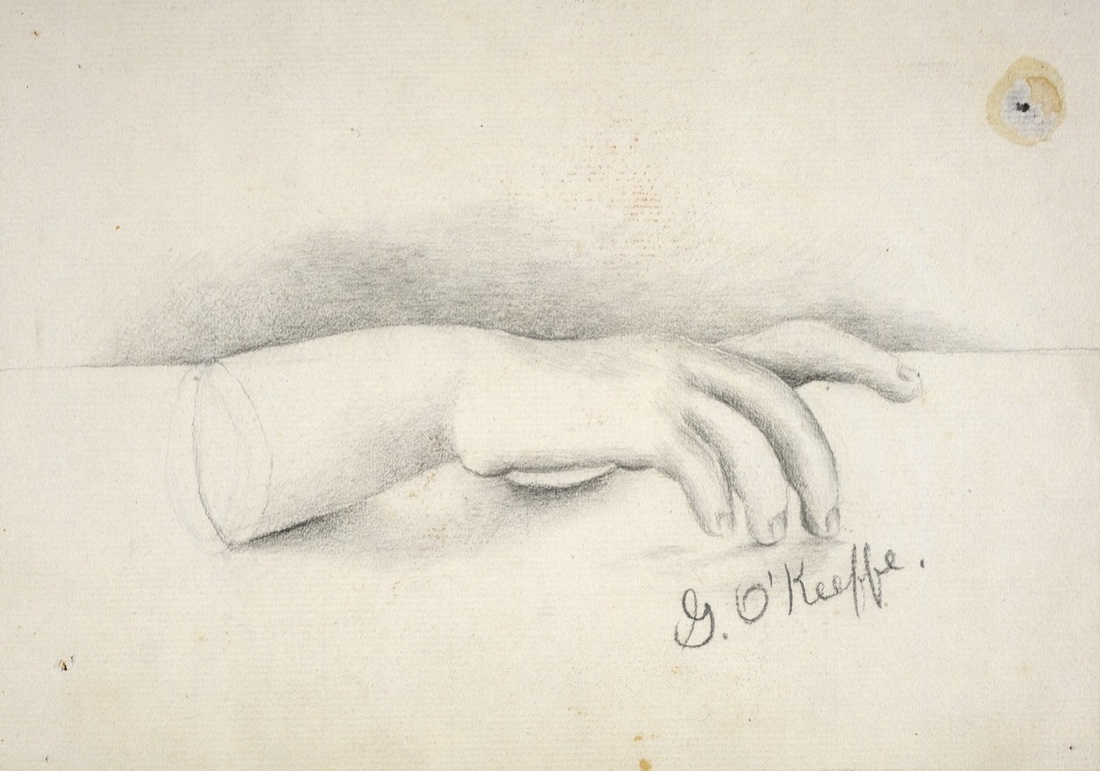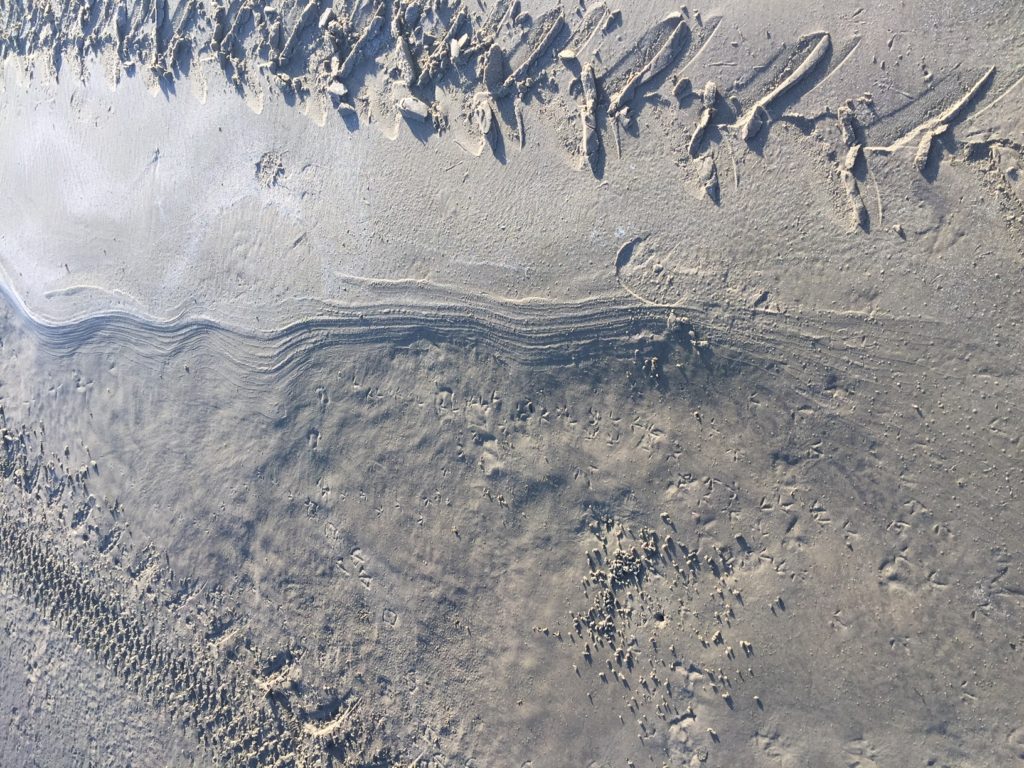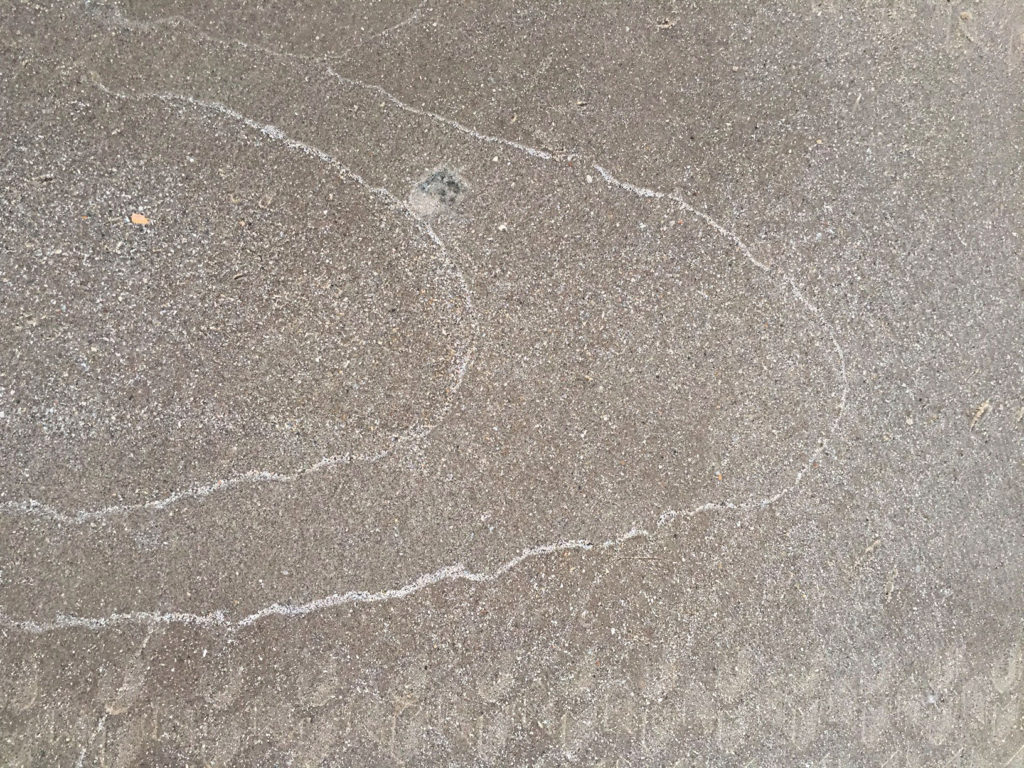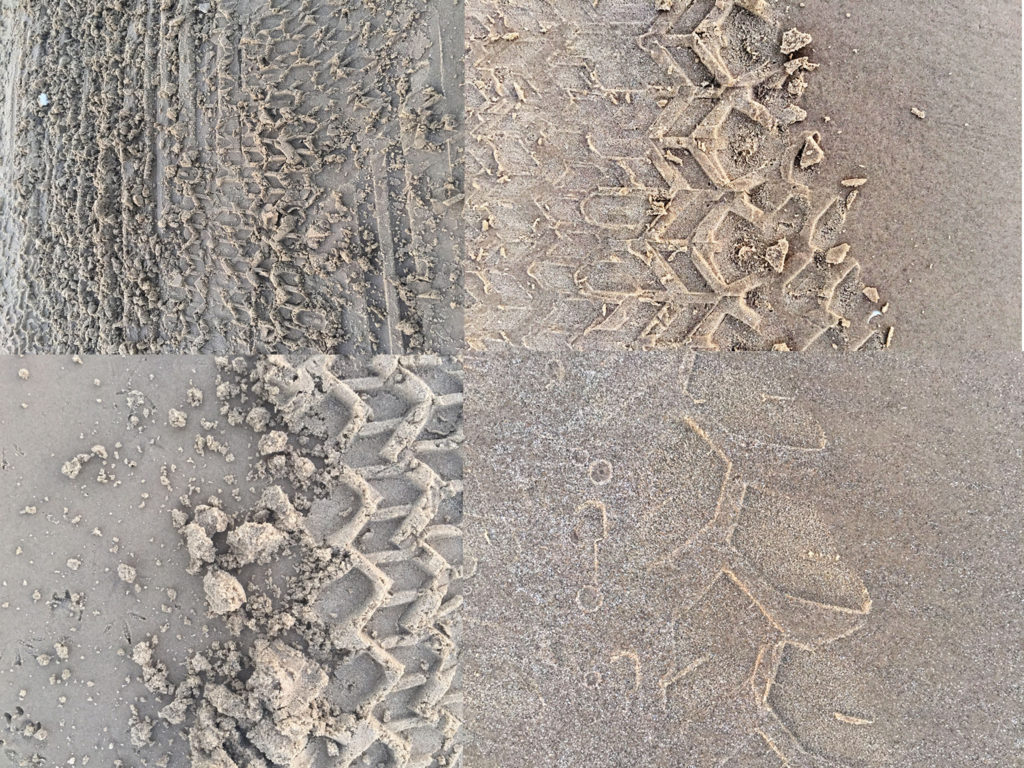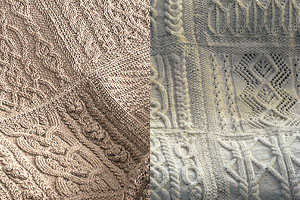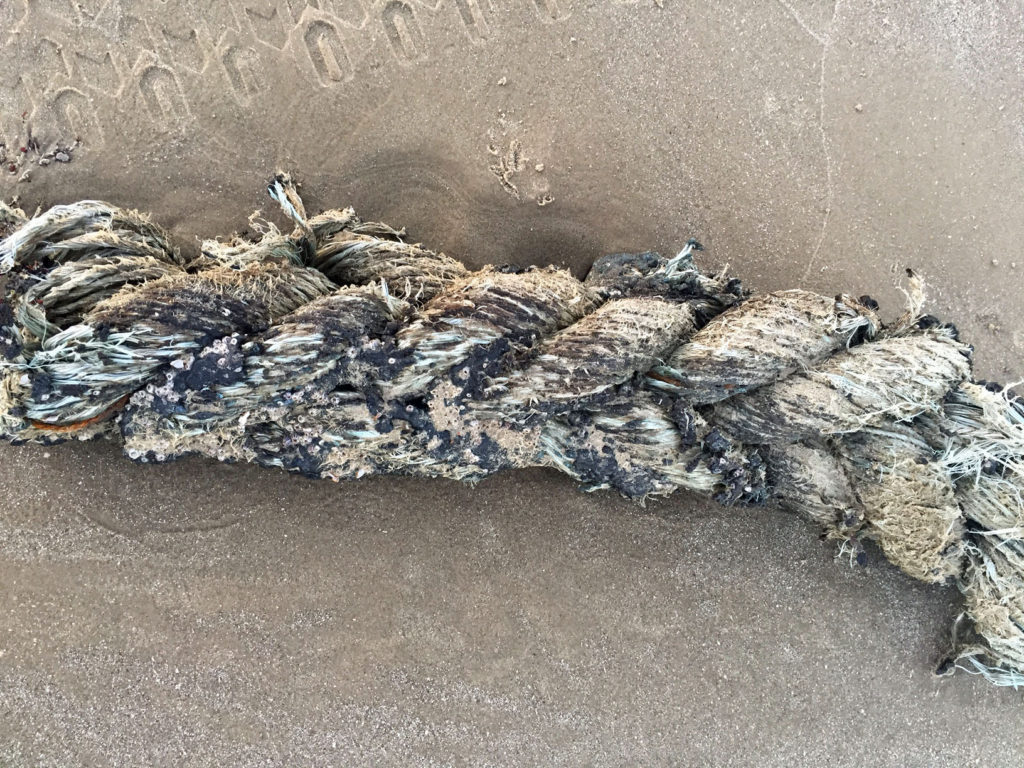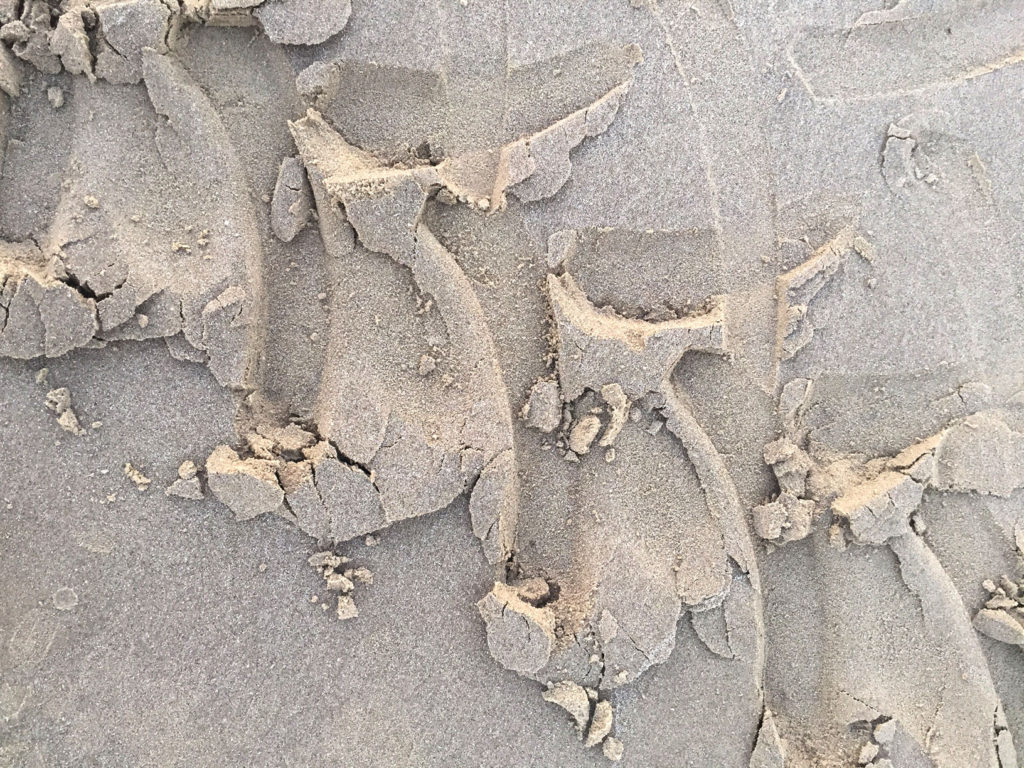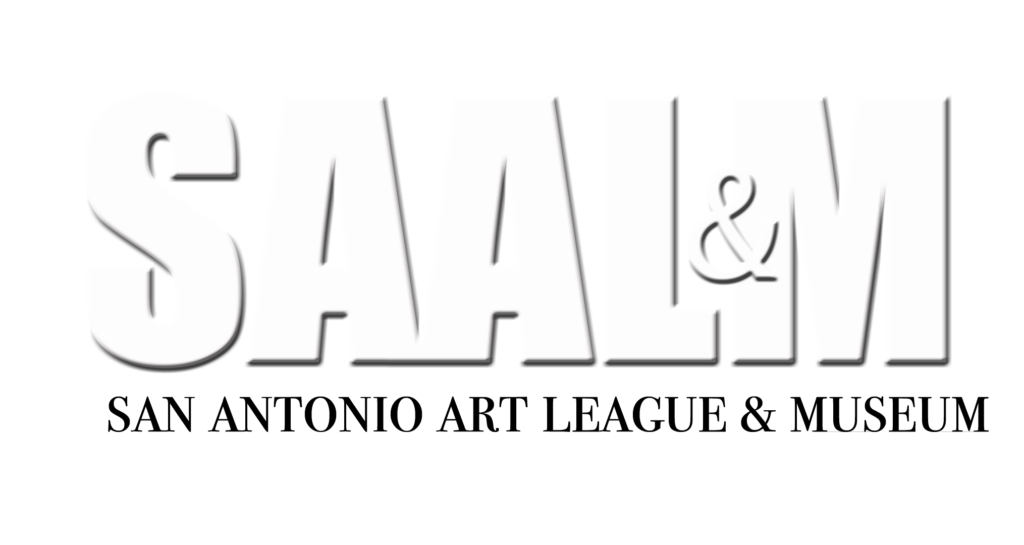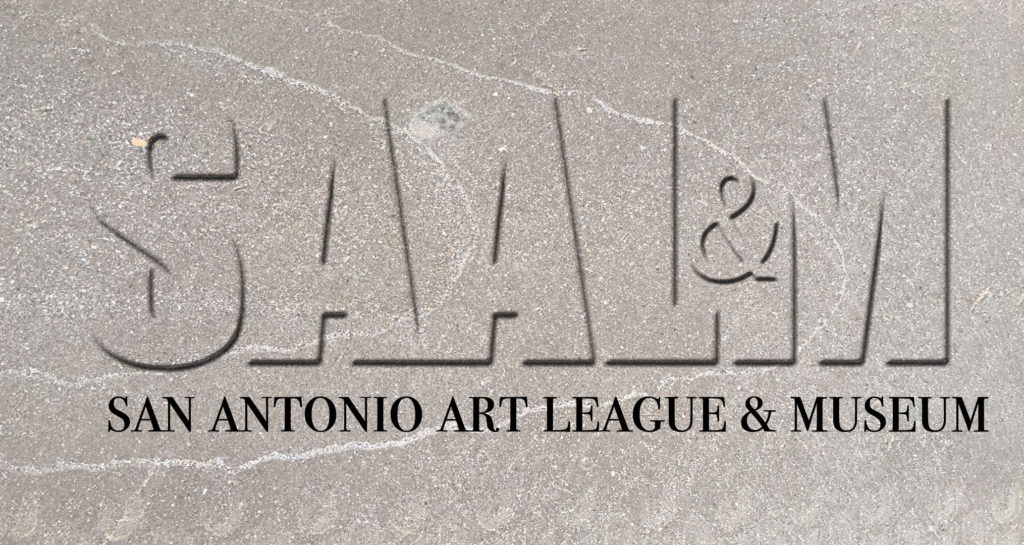Eek! How the heck did it get to be December? I don’t think I posted one thing to SHARDS in November. Sure, there is always a lot going on at the San Antonio Art League where I work these days, and we did take a quick trip to Charleston, where I got to research South Carolina Indigo plantations, but still . . . shame on me for slacking.
The problem is that I always want to wait to post until something is finished, or new, or spectacular, but most of us just don’t produce like that. We squeeze in time for our art when we can, and most of it is simply ongoing work in progress, either for an event or for our own exploration.
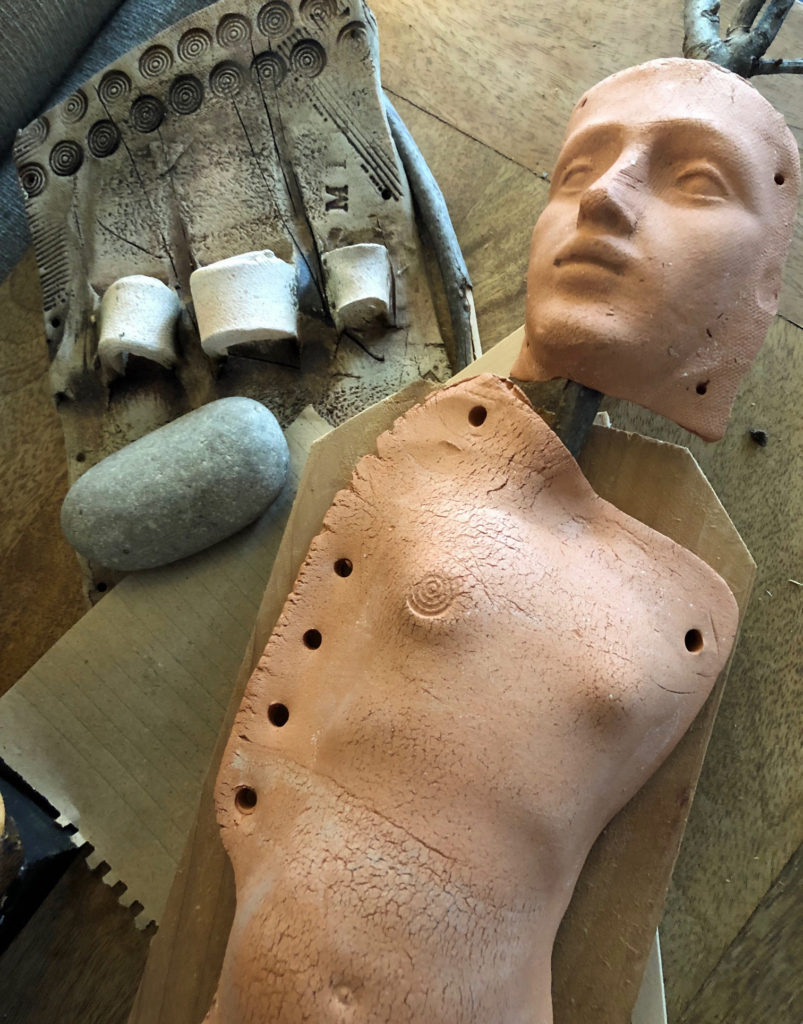
Work in progress – this one has been around a couple of months!
Have you ever read Jude Hill’s blog, Sprint Cloth? She posts almost every day, even if it’s just a photo of a small patch of fabric she’s working on, or a picture of her cat. She doesn’t wait till something is finished – she posts her daily practice. Kinda brave, since who knows how things will turn out. I’ve had plenty of good ideas crash and burn while trying to create them.
So, just to check back in with you, with nothing finished or spectacular, here’s what I’m working on right now even though it’s still in baby steps. It’s a project for an exhibit at St. Mary’s University coming in February, “Naturally Inspired: Works by Sabra Booth, Lyn Belisle, Jesus Toro Martinez, and Tim McMeans.” The other three artists are amazing – I’m grateful to be in their company.
Curator Brian St. John has tasked me with making 3D work for the exhibit, and I am building three or four free-standing screens with twig supports and panels of 300# watercolor paper. Some of the images will be photos of my clay work, enhanced with natural beeswax and walnut ink.

Initial planning layout – 24″ x 50″
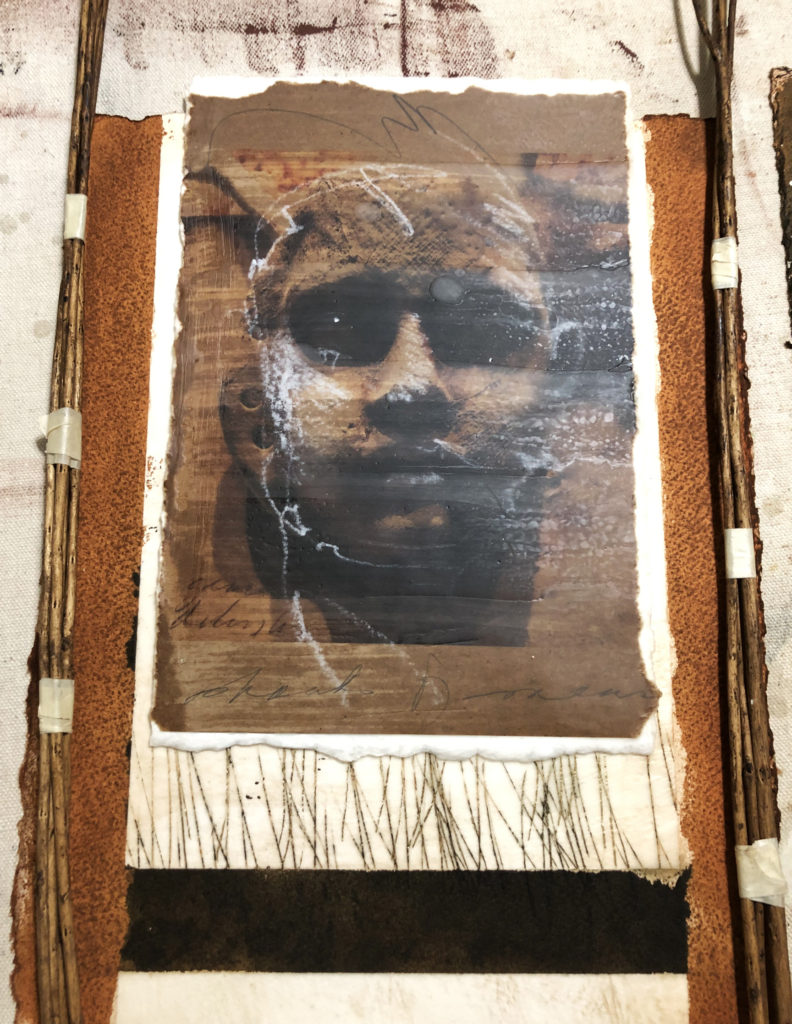
Single panel prototype

Double panel
The panels are coming along well – just gotta figure out how they are going to go together, and whether to use two or four panels in each screen. I like the idea that they can be configured in different ways with different sides showing. And the engineering is challenging, but fun. Hopefully, I’ll have a final product to who you soon.
I did finish this piece (below) recently and may use the idea of a free-standing clay structure with branches similar to this one in the St, Mary’s show – we will see.

“Grace and Deliverance” Clay, Wax, Silk
One of the reasons I miss teaching workshops so much is that in a three-hour block of time, projects were finished, and results were ready to show-and-tell. But with my volunteer day job at the Art League, it’s just not possible right now. Sigh.
Coincidentally, Laura George, a business consultant for artists, just posted an article called “Productivity hacks for artists with day jobs.” Here’s the link – definitely worth a read.
I hope all is well with all of you, and that you are happy and busy. Thanks for reading SHARDS. Let me know what you’re working on!



